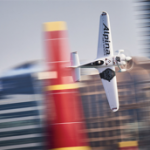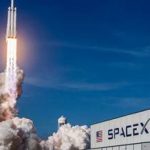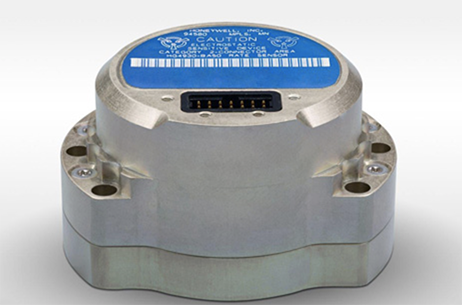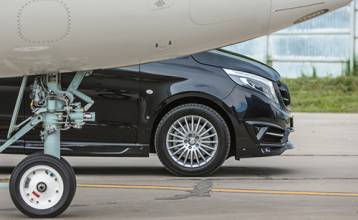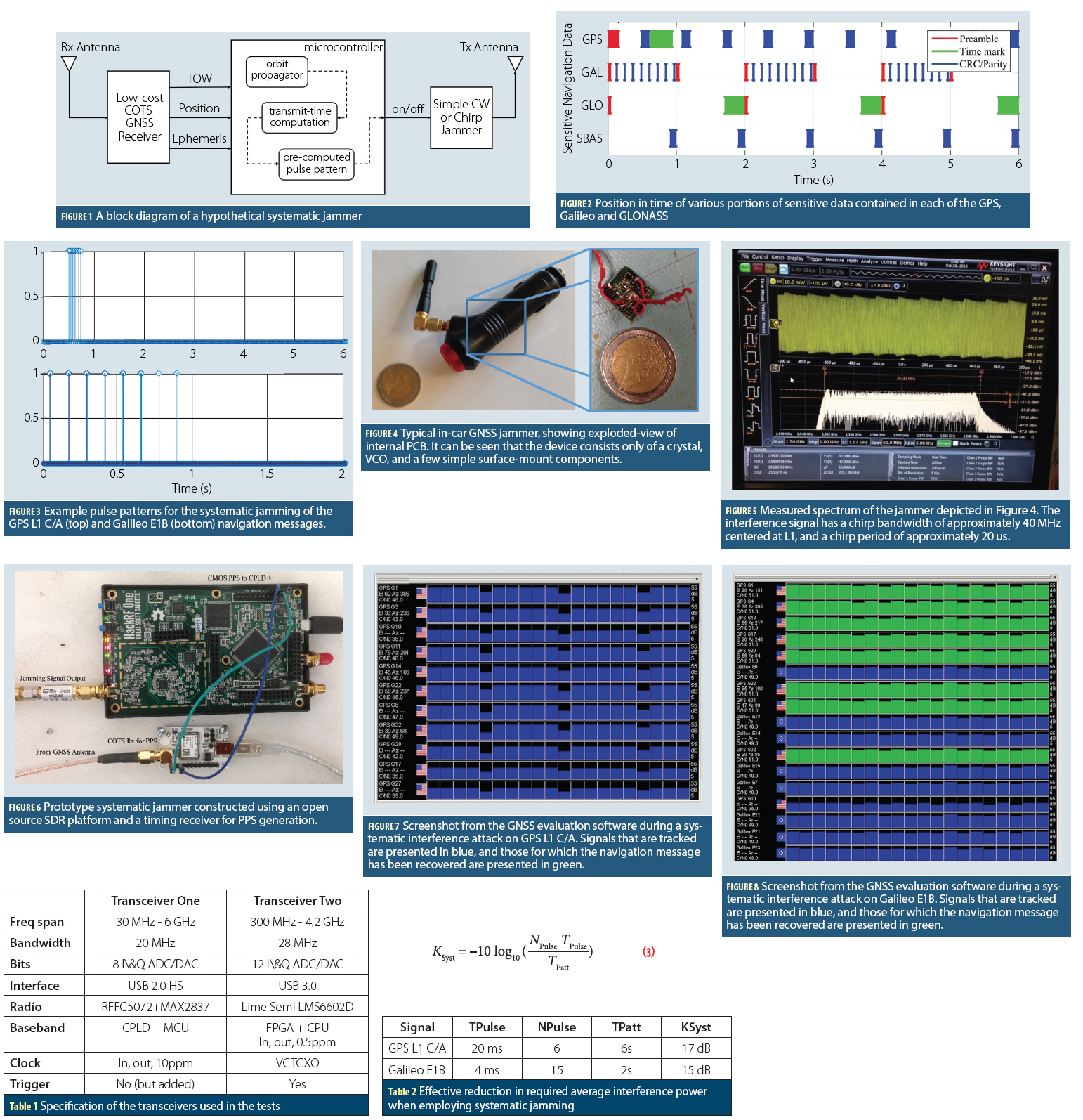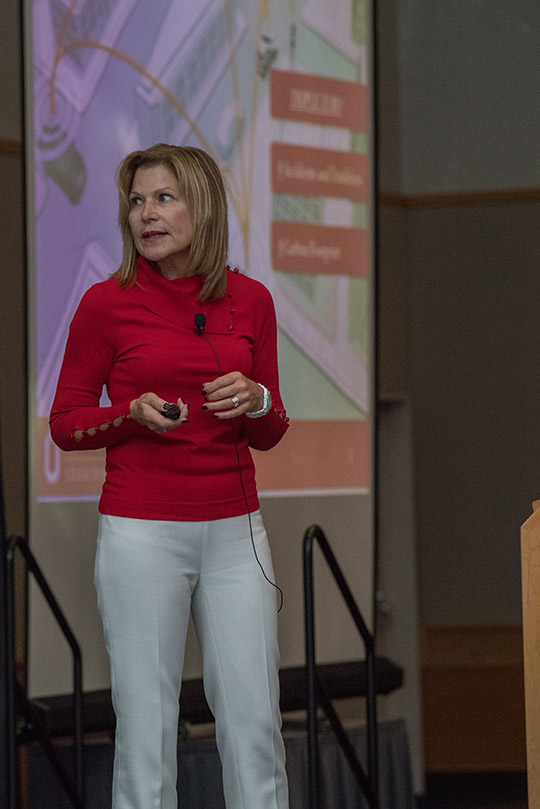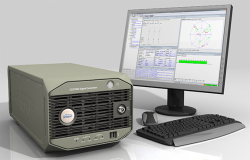Helix Technologies wins ESA contract to develop multi-frequency GNSS antenna optimized for Galileo
Helix Technologies Ltd. has been awarded a significant contract by the European Space Agency (ESA) to develop its NEXTGEN GNSS antenna – a next-generation, multi-frequency GNSS antenna optimized for the advanced Galileo E1 Alt-BOC and wide-band E5 Alt-BOC waveforms for use in driverless cars.
By Inside GNSS

